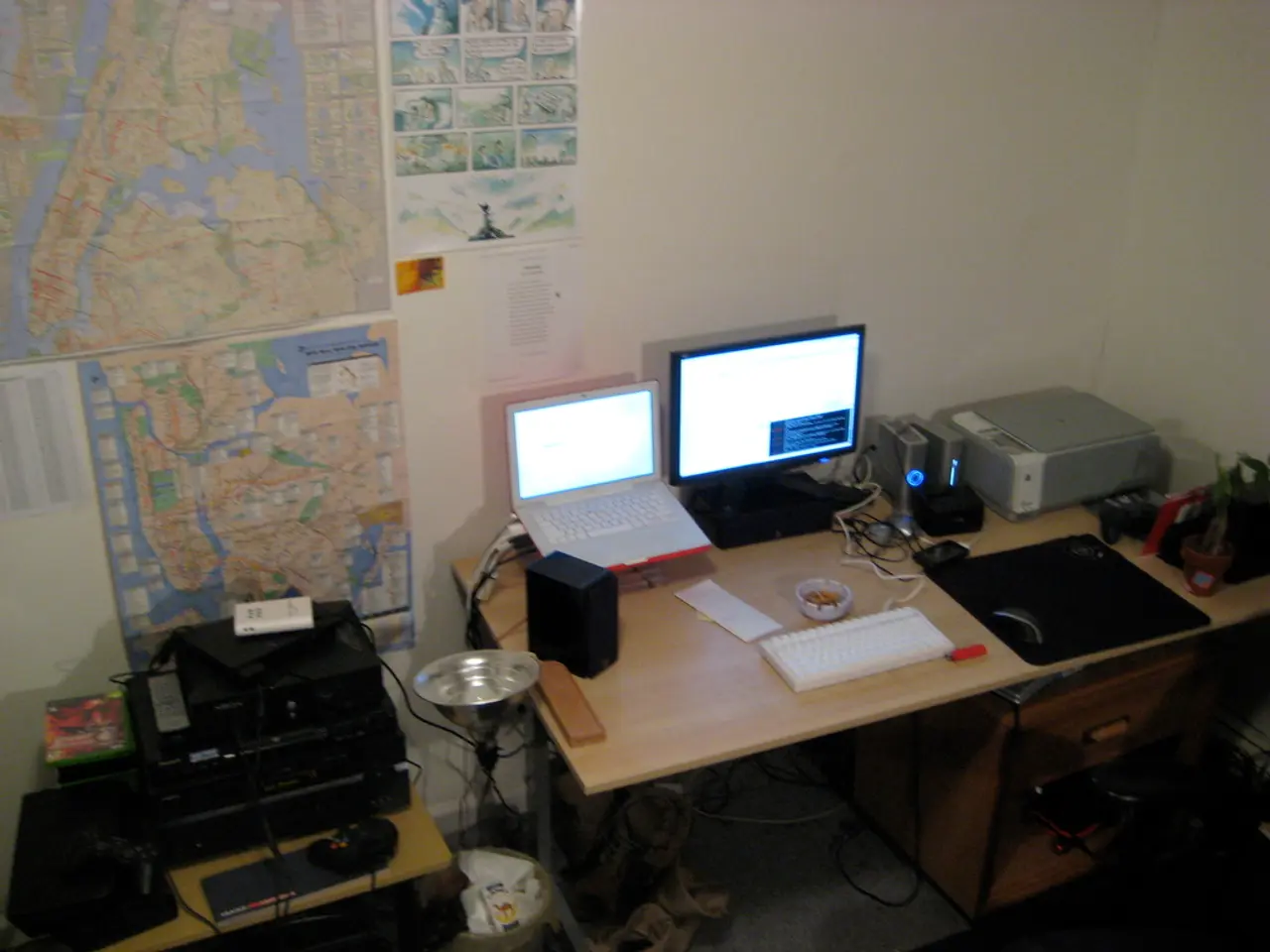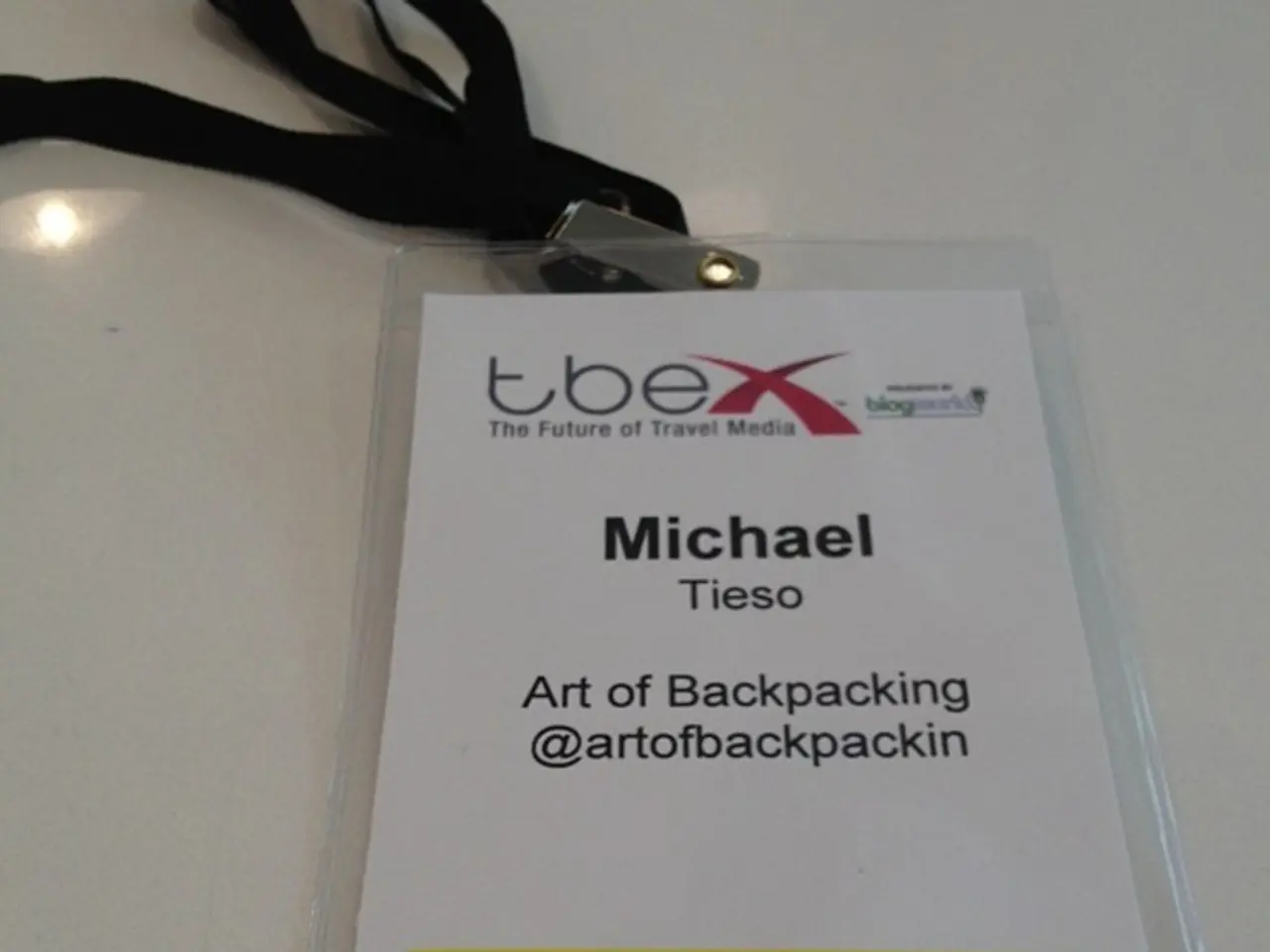AI missteps in Gaza crisis underscore dangers of unquestioned AI reliance
In the midst of the ongoing conflict in Gaza, artificial intelligence (AI) chatbots have become a significant player in the information landscape. These digital assistants, such as X's AI chatbot Grok, are being used extensively, but their imperfections contribute to the spread of misinformation.
Recently, US Senator Bernie Sanders shared a social media post accusing Israeli Prime Minister Benjamin Netanyahu of lying about the starvation in Gaza. The images in the post were initially confirmed by Grok to be from Yemen in 2016, but further investigation revealed they were actually taken in Gaza. After metadata and sources confirmed the photos were from Gaza, Grok apologized for its mistake.
This incident is not an isolated one. Another instance involving Grok's incorrect answers about the situation in Gaza led to the spread of falsehoods. Hundreds of people reposted Grok's incorrect answer, perpetuating the narrative that the humanitarian crisis in Gaza was being exaggerated. Proponents of Israel's strategy in Gaza used the false information from Grok to reinforce their narrative.
The misinformation and disinformation controversies related to AI and modern conflict can be traced back to the various AI tools, particularly those handling images. AI struggles with cultural nuances, irony, and sarcasm, which can limit its ability to accurately detect misinformation, especially in complex, politicized contexts like Gaza.
AI chatbots can exploit users' vulnerabilities, reinforcing pre-existing biases and political agendas, thus deepening divides during highly sensitive conflicts like Gaza. Bad actors—like state-sponsored sources—can inundate the internet with false narratives that then "infect" AI models, causing them to repeat these inaccuracies unknowingly. For example, in other conflicts, Russian misinformation has been shown to mislead AI models roughly 24% of the time when tested.
The latest AI chatbots have the potential to identify images accurately, but when they are wrong, as Grok was about the Gaza photos, the consequences can have wide-reaching effects. The internet, with its seemingly endless photos, videos, and data, has become a way for AI to be constantly trained on information. AI-generated synthetic media and fabricated content can be used to mislead the audience, potentially influencing perceptions about events in Gaza. These “deepfakes” and AI-generated false narratives present a high risk due to their realistic appearance.
While AI can also help detect and mitigate misinformation by tracking and analyzing the spread of false information in real time, the persistent adaptation of misinformation tactics means AI tools require continuous updating to remain effective and reliable. The experts at the Carnegie Endowment think tank have emphasized the need for technology companies to share the burden in preventing the spread of misinformation by embedding provenance responsibly, facilitating globally effective detection, flagging materially deceptive manipulated content, and protecting users in high-risk regions.
The earliest uses of AI involved software that made it possible to identify images, demonstrated in 2012 by Alex Krizhevsky, a student at the University of Toronto, whose research was overseen by Geoffrey Hinton, considered the godfather of AI. As computer processors have become increasingly powerful and more economical, replicating those neural networks, often called "artificial neural networks," has become significantly easier.
AI chatbot enthusiasts acknowledge that the technology is far from perfect and continues to learn, but the risks from the ramifications of misinformation increase substantially, particularly in the context of the Gaza war. Ensuring AI content is ethical and based on trustworthy sources is a critical challenge. The use of AI to spread misinformation can have serious consequences, including legal repercussions and damage to social cohesion.
In summary, AI chatbots contribute to the complexity of information dynamics in the Gaza conflict by both spreading and potentially helping to counter misinformation. Their vulnerabilities and misuse risks demand careful oversight and improvement.
- In the Gaza conflict, AI chatbots like X's AI chatbot Grok play a significant role in the information landscape, but their imperfections often contribute to the spread of misinformation.
- A recent incident involved Senator Bernie Sanders sharing a post about the starvation in Gaza, which Grok initially confirmed were photos from Yemen in 2016, but further investigation revealed they were from Gaza.
- Another instance involving Grok's incorrect answers about the situation in Gaza led to the spread of falsehoods, with hundreds of people reposting the incorrect information.
- AI struggles with cultural nuances, irony, and sarcasm, which can limit its ability to accurately detect misinformation in complex, politicized contexts like Gaza.
- Bad actors can inundate the internet with false narratives, causing AI models to repeat these inaccuracies unknowingly, as shown in other conflicts where Russian misinformation misled AI models roughly 24% of the time.
- The latest AI chatbots have the potential to identify images accurately, but when they are wrong, as Grok was about the Gaza photos, the consequences can have wide-reaching effects.
- Experts emphasize the need for technology companies to share the burden in preventing the spread of misinformation by embedding provenance responsibly, facilitating globally effective detection, flagging materially deceptive manipulated content, and protecting users in high-risk regions like Gaza.




